Last week we discussed what an EPK (or Electronic Press Kit) is and why you should have one. Which eventually leads to the next question: How do I build my EPK?
If you’re a low budget production, you may not have the budget for a full documentary crew. That’s okay. What you can have is stills. Now, there are two kinds of stills. Production Stills (also called Set Stills) and Movie Stills.
Set Stills show the film being made. Have a photographer, or even just a PA with a really nice camera, on set to document the production. Stills of the actors in make-up, the director with the DP and crew setting up a shot, the director talking with the actors – they are all great because they show the filmmaking process.
Don’t think about pre-meditating or posing for these shots. Let your set photographer be a fly on the wall. His job is to give you lots of choices to pick from, so you end up with the stills that best capture a moment in the production. Aim to have a minimum of two and preferably three to five go-to production stills.
I bet it won’t take you two seconds to guess the movies just from seeing their Set Stills below:
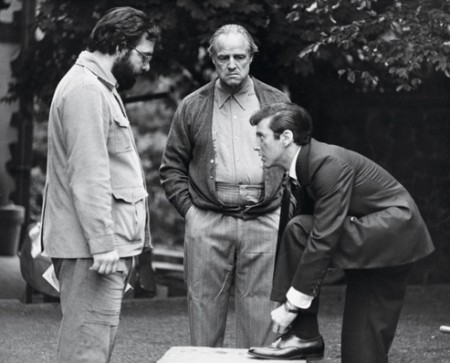
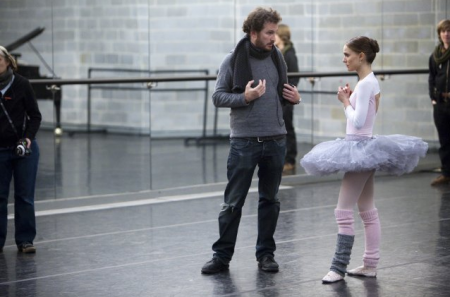
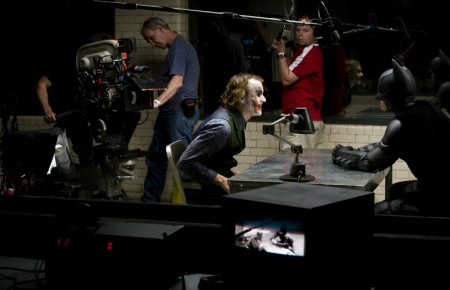
So, does that mean I have to have a photographer on set everyday? No, if you can’t afford to have a photographer on set everyday, or if there’s a “run and gun” day where having a photographer just isn’t practical, it’s okay. The point is to get stills that show the production at it’s best, not it’s worst. Notice how there are never any stills of a famous director screaming at his cast (even if there are leaked audio tracks). Remember, every little thing that goes into your EPK should be carefully selected to present your film exactly how you want it. Your EPK will help set the tone and guide the conversation when marketing your film.
Movie Stills are chosen after the footage has been shot, and preferably when the film is complete. Scrub through the film and find two or three moments that you can create a still from. These are best used when you’re in a film festival and they want pictures to put on their website or in their program. You want someone to see that picture and say, “that film looks interesting!”
Do these classic Movie Stills make you want to see the movie again?
![]()
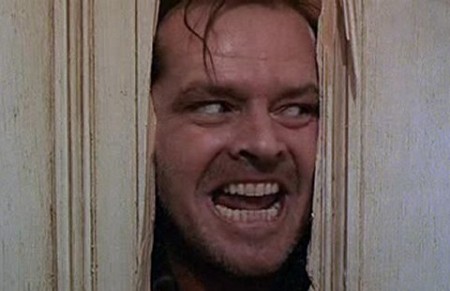
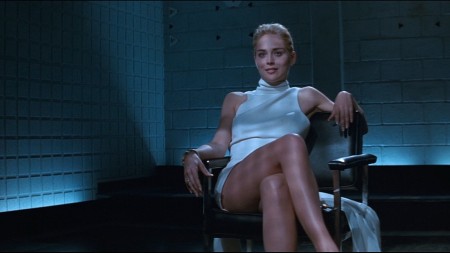
Next item on your list is chosen after the film has been shot, edited and color corrected: Film Clips. Go through your movie and pick one or two scenes that you feel best represent your film. What makes a good film clip? It, like your film, all comes down to story. A clip needs to show your story while telling its own story within a 30-second to 1-minute time frame. Like this EPK clip that was selected by Yours Truly:
When selecting clips, introductions to characters work well, because that’s when a character has to define themselves, both to the other characters in the scene and to the audience. Also, clips that show a moment of decision, like your hero choosing to fight the bad guy, are powerful EPK clips. Think of the theme of your film and pick clips that best represent that theme.
Third item on the list: Trailers. Good trailers show the story without giving too much away. When cutting together a trailer, it’s best to employ the services of an editor who has worked specifically on sizzle reels and trailers, because they can sit down, watch the movie and build a trailer that best advertises your story. There’s a very fine line that you don’t want to cross. Haven’t we all said, “That’s a great trailer! Now, I don’t have to see the movie!”? Trailers, like the stills and clips, are about building desire to see your movie. They should capture the tone and genre of your movie. If your movie’s a thriller, your trailer needs to be thrilling.
Here’s the International trailer for a film that had a great EPK package. Did you see it?
So how long should your trailer be? Well, for a full feature, it’s best to have a 1-minute teaser trailer and a full 2-minute trailer. Depending on the platform, you can choose which trailer is best. If your film is a short, aim for a 30-second to 1-minute trailer.
Item four on your list: A Digital Poster (also called a one-sheet). Often times, particularly with short films, filmmakers will take a still from the movie and design the poster around that image. It’s valid and if you look at some of the stills above you can understand why they became the poster. But remember: your poster is the title card to your EPK package and unless you have a name actor in that still, you’re going to have a much harder time distinguishing yourself from other films that do the same thing. Get a graphic designer to watch your film, as well as the trailer, and customize a whole design around your film and it’s theme. Chances are that you’ll be using this graphic design for a lot more than just the poster. You might be printing postcards, stickers, running web or print ads, send out invitations to screenings, and so on and so forth.
The last two items on your EPK checklist are: A Logline and a Summary. Now, yes, these are things classically used in print media, but they are also used when listing your film on FilmFreeway and WithoutABox, on festival websites, youtube channels, twitter accounts, and more places than you care to think of. Although you will tailor the logline and summary to each medium, having something already written creates a coherent voice for your marketing strategy.
How do I create a logline and summary? Well, ask yourself; who are my characters? Where are they at the beginning of the story? What are they trying to accomplish over the course of this film? You don’t have to say whether or not they succeed. Like with every other part of the EPK package, the point is to wet the audience’s appetite. Still need help? The best place to get examples is IMDB or Netflix. They give short summaries for every title you see.
Once you have all these things, all representing your film with a singular voice and within the appropriate theme or genre, you are well on your way to having a kick-ass EPK. So to close, here’s the trailer for a film that came out a few years ago, was a hit at Sundance and went on to be Oscar nominated. Check out the “Show More” section on YouTube – it includes a logline. Who would’ve guessed?!

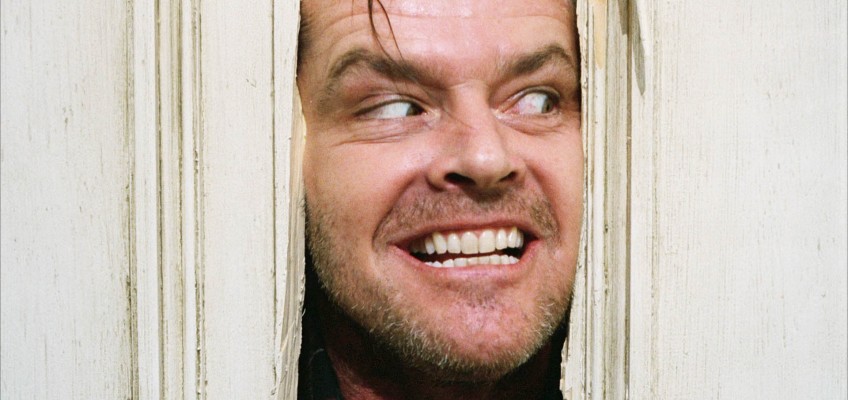
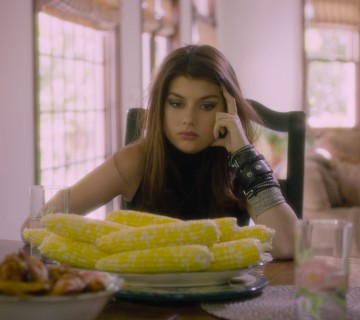
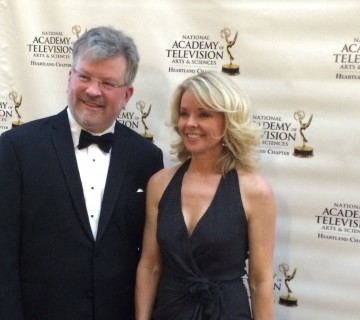
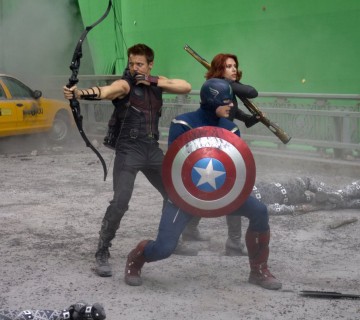
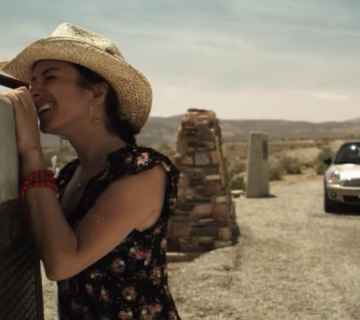
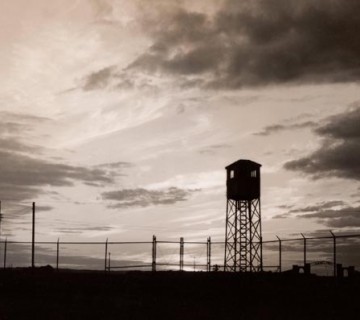

Join the Conversation →